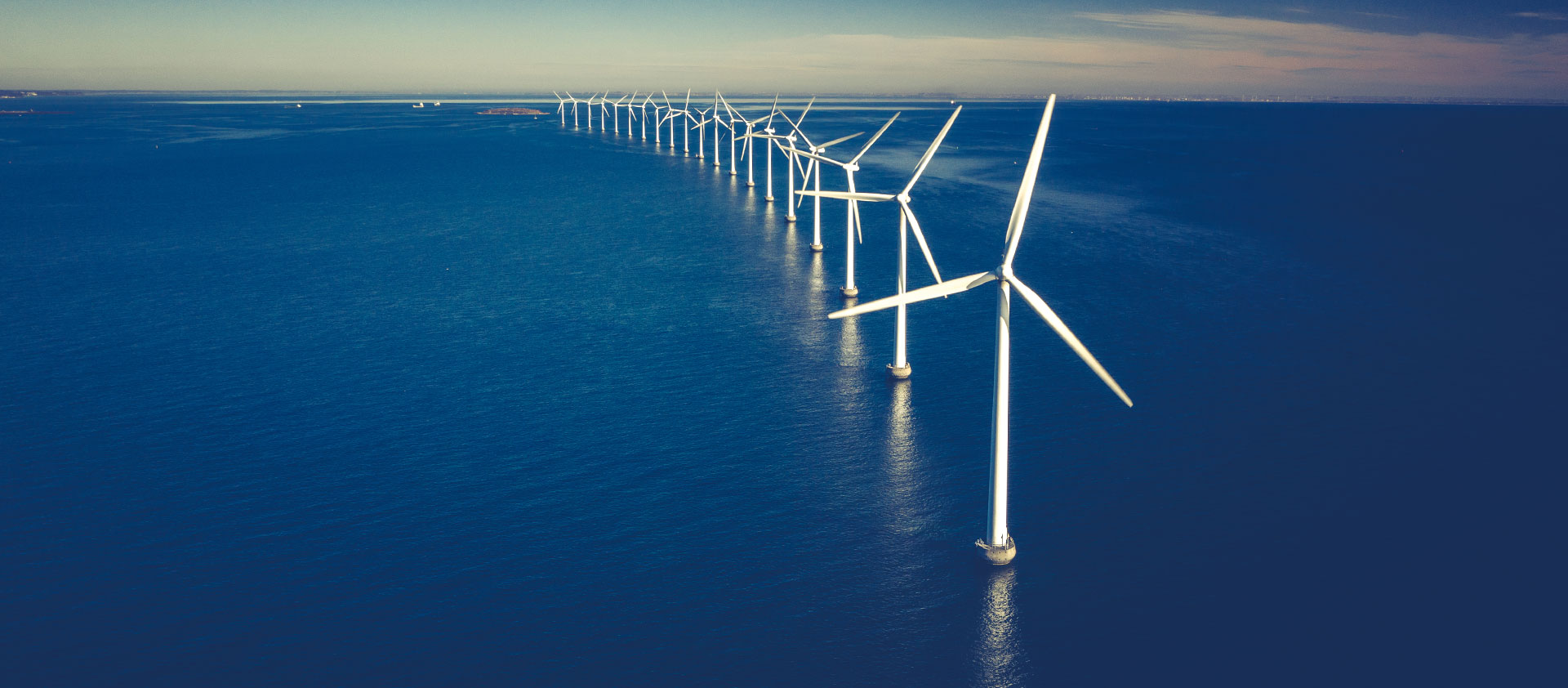CEF in the media
AER AGL Aluminium Batteries Battery Budget BYD CATL CBAM China Coal Critical minerals Decarbonisation Diesel DMO Election Electric Vehicle Electricity/electrification electrostate Energy crisis Federal Election Finance Sector & Emissions Gas Green Iron/Steel Hydrogen India & Adani Methane Nuclear offshore wind Oil OP EDS Peter Dutton Podcasts Renewables Solar Tariff Taxes and subsidies US IRA/EU NZIA et al Wind
China’s emissions are peaking. Bringing them down will be the hard part.
Washington Post
Macro look at the global geopolitical energy landscape
SIM-PAC Live
PODCAST | Tim & Grant McDowell on Spark Club: The Nuclear Debate
Spark Club Podcast
Australia’s renewable energy leaders address the orange elephant in the room
Capital Brief
India’s other renewable energy firms should shield sector from Adani bribery fallout
South China Morning Post
Rio Tinto sacks 40 employees from West Angelas near Newman, in Western Australia’s Pilbara region
News Corp papers
Mining Weekly | IMARC 2024: Australia’s green industry aims on a knife’s edge
___
Experts cynical of Adani outcome under Trump
FS Sustainability
Hope grows for India-China economic ties amid Trump’s tariff threats
South China Morning Post
Startup Daily | Climate Energy Finance’s Tim Buckley headlines Climate Salad’s annual climate tech investor showcase
___
VIDEO | Tim Buckley on COP29
ABC TV The Business
Australia could miss out on $70 billion ‘green iron’ rush, report claims
News Corp papers
